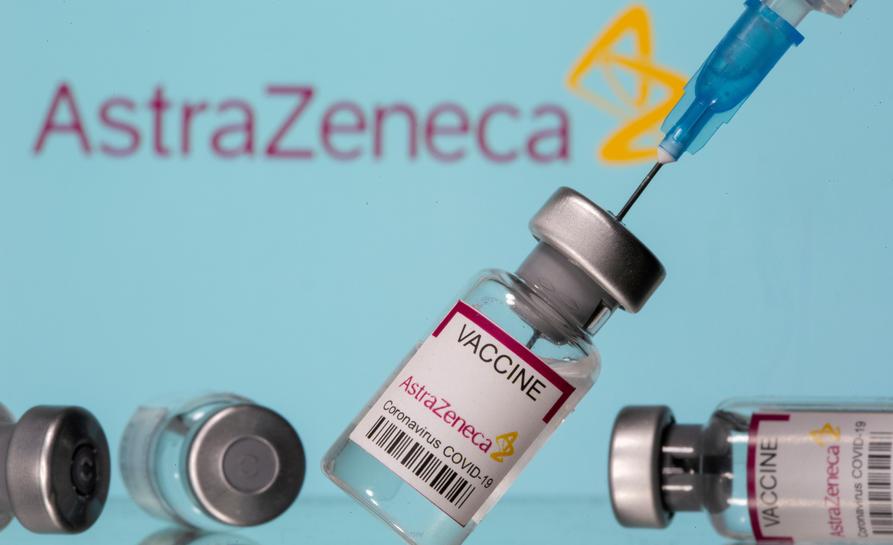Medicines Health Regulatory Authorities (MHRA) and European Medicine Agency (EMA) recertified the benefits of the AstraZeneca vaccine and resumes its rollout. Emer Cooke, EMA’s Executive Director told, “this is a safe and effective vaccine. Its benefit in protecting people from COVID-19 with the associated risks of death and hospitalization outweigh the possible risk.”
She added, “the vaccine is not associated with an increase in the overall risk of blood clots. We could not rule out definitively a link between the vaccine and a small number of cases of rare and unusual but very serious clotting disorder but there is a possibility of further analysis.”
WHO claimed that the AstraZeneca vaccine is safe to use. WHO Chief Scientist Soumya Swaminathan said, “we do not want people to panic and we would, for the time being, recommend that countries continue vaccinating with AstraZeneca. So far we do not find an association between these events and the vaccine”.
Now it is up to each European United Nations. They can take their call of when to restart the vaccination using the AstraZeneca vaccine. Sweden said, “it needed few days to decide.” The vaccine has got approval for emergency use in more than 70 countries across six continents.
It was blood clots that prompted several European Union nations, including Germany, Italy, and France, to halt their rollout of the AstraZeneca vaccine. This was later joined by Spain, Portugal, Slovenia and Latvia. Countries such as Germany, France, Austria had stopped the use of the drug as a “precautionary measure”. While Belgium, Poland, and the Czech Republic continued to administer the AstraZeneca vaccine.
After the news coming from other countries, Union Health Ministry said, “there have been no complaints of blood clotting reported in India among those who have taken the Covishield vaccine. So, there is no question of stopping vaccines against coronavirus as of now. The ministry met all states and Union Territories. Ministry is looking at the scientific evidence before taking any decision. The AEFI (Adverse Events Following Immunization) committee will meet in a day or two to discuss what needs to be done.”
Professor Andrew Pollard, director of Oxford vaccine group said that “they have received 37 reports of blood clot out of more than 17 million people vaccinated, this figure is much lower than would be expected to occur naturally in the general population of this size.”
“AstraZeneca will continue to work carefully with health authorities to safeguard the use of the COVID-19 vaccine. We will implement the recommendation of the Medical agencies, including the update of product information while understanding the occurrence of these events to ensure safe delivery,” told the Director.
The vaccine was jointly developed by AstraZeneca and Oxford University and manufactured by Pune-based Serum Institute of India and is known as Covishield.
Covishield vaccine and Bharat Biotech’s Covaxin are being used for a vaccination program in India.
Talking about our home-made vaccine, Mr. Jaishankar, Minister of External Affairs said, “I think right now we have already supplied to about 15 countries. I would say there would be another about 25 countries that are at different stages in the pipeline. But what it has done is today it has put India on the map of the world,”
As per the official data collected by our world in data, “vaccine which has the greatest global reach is of Pfizer/BioNTech preceded by Oxford/AstraZeneca and third comes the Moderna.
Countries Doses administered Vaccines being used
United States 115.73 million Pfizer/ BioNTech/ Moderna/ Johnson
India 39.35 million Sinopharm / Sinovac
Brazil 13.01 million Covishield / Covaxin
Turkey 12.43 million Pfizer/ BioNTech, Oxford / AstraZeneca
Israel 9.63 million Oxford / AstraZeneca, Sinovac
India, the second-highest populous country after China in the world has completed administering the first dose of COVID 19 vaccine to its 3.06 crore people which counts for 2.3% of India’s total population. Full vaccination dose has been administered to only 0.5% of the population.

 “ AstraZeneca vaccine is safe to use,†claims WHO
“ AstraZeneca vaccine is safe to use,†claims WHO 









.jpeg)


.jpeg)



.jpeg)
.jpeg)






.jpeg)





